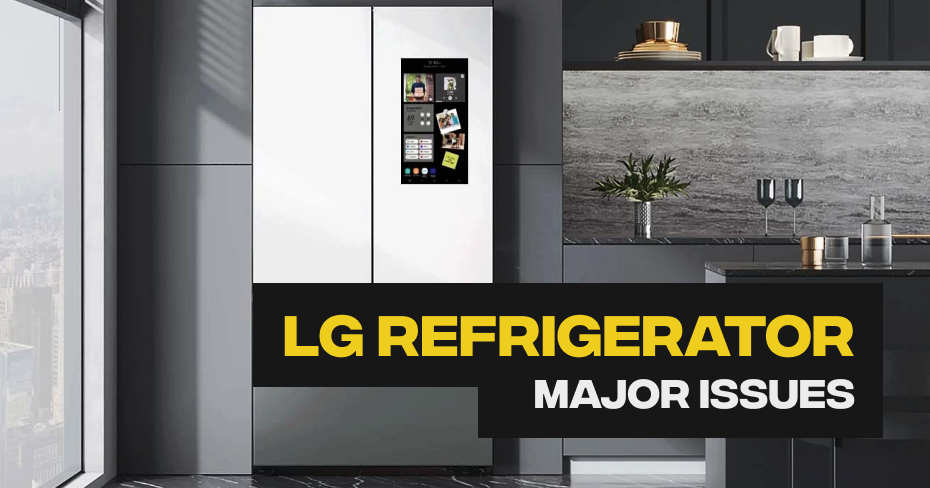
Lg Refrigerator Condenser Coils Clogging
In the world of LG refrigerators, clogged condenser coils can lead to decreased efficiency and cooling problems. Fortunately, you can tackle this issue with some do-it-yourself (DIY) solutions to keep your refrigerator running smoothly. Let’s explore these DIY solutions:
DIY Cleaning Steps:
- Gather Your Tools:
- You’ll need a coil brush or a vacuum cleaner with a brush attachment.
- Unplug the refrigerator or turn it off at the circuit breaker to ensure safety during cleaning.
- Locate the Coils:
- The condenser coils are typically located on the back or beneath the refrigerator. Consult your refrigerator’s user manual for their specific location.
- Remove Front Grille (If Applicable):
- Some refrigerators have a front grille that covers the coils. If your refrigerator has one, remove it.
- Brush or Vacuum:
- Use a coil brush or the brush attachment of your vacuum cleaner to gently clean the coils. Work in an up-and-down or side-to-side motion to dislodge dust and debris.
- Be careful not to apply excessive pressure or damage the coils.
- Clean the Grille and Surrounding Area:
- If you removed a front grille, clean it as well as the surrounding area.
- Ensure that there is no debris or dust left in the vicinity.
- Plug In or Turn On:
- Plug the refrigerator back in or turn it on at the circuit breaker.
Maintenance Tips:
- Repeat this process every six months to prevent excessive clogging.
- Consider cleaning the coils more frequently if the refrigerator is placed in a dusty or high-traffic area.
By following these DIY solutions and maintenance tips, you can ensure that the condenser coils of your LG refrigerator remain clean and free from clogs. This will help maintain optimal cooling performance, energy efficiency, and extend the lifespan of your appliance.
Schedule Appointment